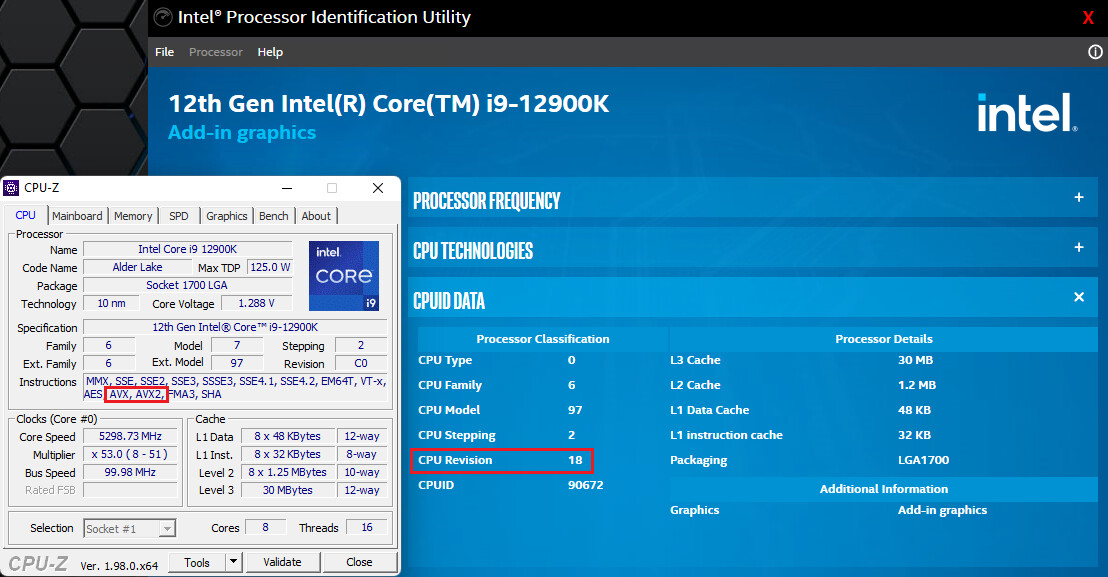- Joined
- Dec 17, 2011
- Messages
- 364 (0.07/day)
Found a nice article on it. Wanted to share it.

 chipsandcheese.com
chipsandcheese.com

ARM or x86? ISA Doesn’t Matter
For the past decade, ARM CPU makers have made repeated attempts to break into the high performance CPU market so it’s no surprise that we’ve seen plenty of articles, videos and discussions about ARM’s effort, and many of these pieces focus on differences between the two instruction set...




